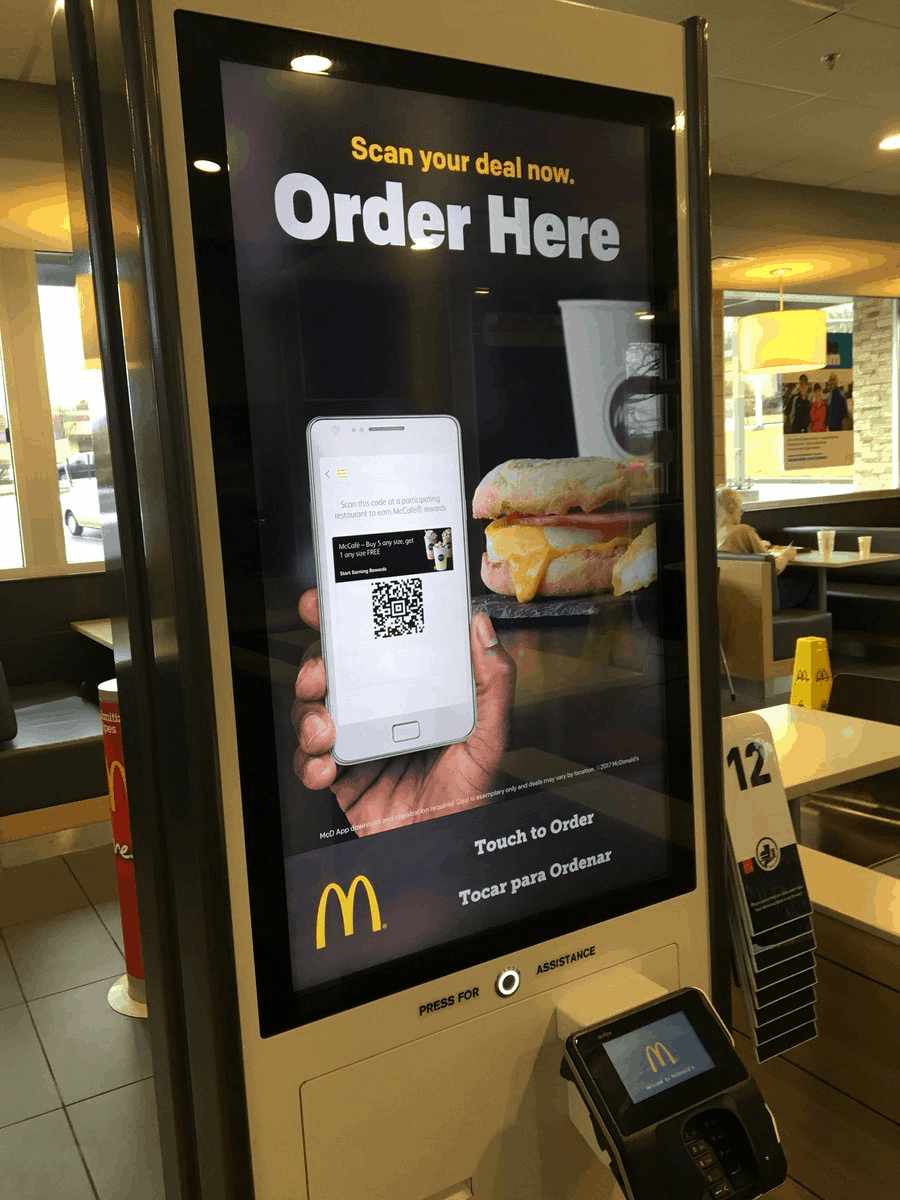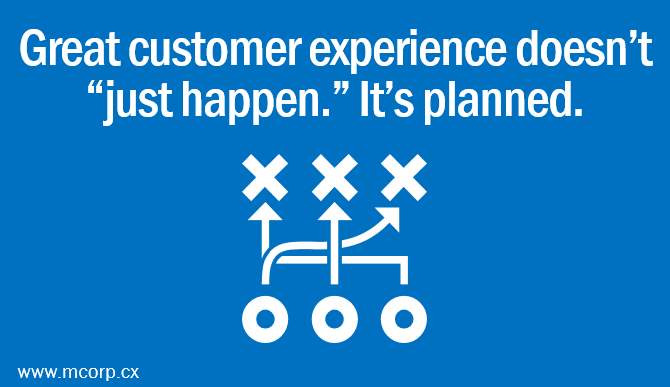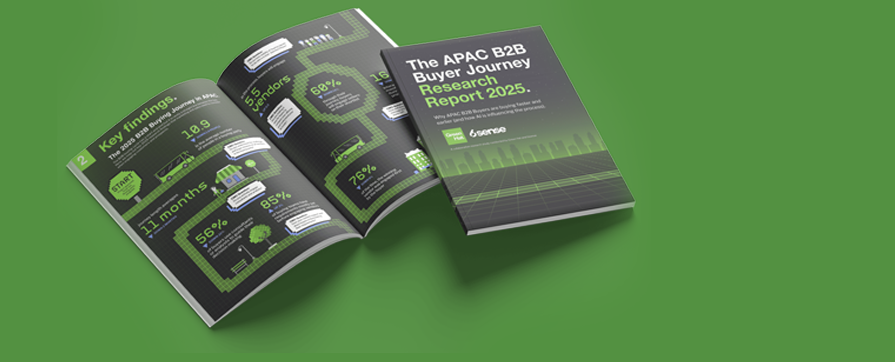The power of digital transformation hit the B2C world like a tidal wave. Almost overnight, well-established traditional businesses were smashed to smithereens, while others struggled to keep their heads above water.
But in the words of a sneaky character from a famous throne-based TV show: “Chaos is a ladder.”
The brands that came out on top of this upheaval were those that were most responsive to their customers’ ever-changing expectations, regardless of their size or history. ‘Innovate or die’ has always been a very real consideration for most B2C players, and the digital age drew a clear line between the innovators and the dinosaurs.>
The B2B space, by comparison, has sauntered into the new digital marketplace at a more leisurely pace. Legacy sales models, lack of marketing resources, complex customer needs and highly technical products led to B2B players always following a few steps behind their B2C cousins, believing they were playing a different game with different stakes.
Or at least, that was the case. The B2B sector has been quietly undergoing its own digital marketing renaissance as companies and their customers become increasingly sophisticated and more digital-savvy.
That means the B2B space has become a lot more dynamic…and a lot more competitive. In fact, many B2B businesses are facing brand marketing challenges similar to the ones found in a B2C environment.
hat also means there is an amazing opportunity for B2B marketers. Here are four tried-and-tested strategies from the B2C world that can help B2B brands outpace their competition.
1. Put the customer first and the product second
B2B companies tend to create the products first and then decide who to market them to (though to be fair, there are a few B2C companies also guilty of this). The B2C sector long ago realised the value of a customer-centric approach not just in marketing, but in their business model as a whole. The most successful B2C companies put their customers’ needs front and centre and shape their products and campaigns around those needs.
For an example of the power of customer-centricity, look no further than McDonald’s. Facing fierce competition from other fast-food brands, they thoroughly researched their customers through online surveys, customer feedback and social media deep dives to identify exactly what their customers were looking for. Those insights led to the brand rolling out healthier menu options, longer opening hours and all-day breakfast with great success, but that was just the start. They also continued to innovate through self-service kiosks and partnerships with Uber Eats based on ongoing customer research.

Research by Deloitte and Touche found that customer-centric companies were 60% more profitable compared to companies that weren’t. Yet only 23% of B2B marketers claim to have a customer-centric organisational structure, as opposed to channel-centric or product-centric.
Client-centricity is the most important factor in a successful business digitalisation since client-centric companies are 60% more profitable compared to companies not focused on the customer. Deloitte, July 2017
What the B2C approach shows us is that it pays to deep dive into the real needs of the customer and their pain points before developing the products. Every brand and every business exists to solve a problem i.e. the customer’s pain point. The ‘how’ of addressing that pain point can change and evolve but the end goal always remains the same.
2. Educate and empower your prospects
B2C marketers have refined the art of providing consumers with every bit of product information they could want without overwhelming them. Just look at how Amazon and eBay design their user experience. They understand that their audience’s attention is precious and fleeting, so they whittle down product information to exactly what they need to know at that point in their journey.
This is something that B2B marketers could learn a lot from. No matter who your audience is, chances are they are already drowning in information. We need to help them find the most relevant info first and then empower them to educate themselves further. That means sharing expert knowledge in context of where they are in the customer journey.
That also means providing real value to your audience without expecting anything in return.
By doing so, you not only establish your brand as a thought leader but also as a brand that has a higher purpose beyond just making money.
Nearly two-thirds of consumers globally (63%) prefer to buy goods and services from companies that stand for a shared purpose. Accenture
The result will be better-informed and better-qualified prospects that are more invested in your brand and more inclined to trust your services.
3. Streamline your customer experience
B2C businesses ruthlessly minimise barriers to purchase. This means they invest heavily in developing simple, intuitive and user-friendly experiences. In B2B environments, where long, complex sales cycles are the norm, most organisations routinely neglect customer experience altogether. This is a huge missed opportunity.

Most B2B companies don’t have anything in place to measure customer experience. Jessica Waters Davis, Director of Product Marketing, Adobe Document Cloud
Most B2B companies don’t have anything in place to measure customer experience. Jessica Waters Davis, Director of Product Marketing, Adobe Document Cloud
The most effective customer experience strategies plan out who the audience is, how we want them to feel and the experience we want to deliver. That also means aligning your internal operations to support that goal.
Remember every touchpoint – digital, traditional and face-to-face – represents a brand experience. If the customer or prospect doesn’t get any value from it, that makes a less-than-stellar statement about your brand as a whole.
4. Tell a compelling story
B2C marketers often have to connect with audiences on an emotional level as well as functional. Storytelling and narrative-building are some of their most important tools. In an environment dominated by commodities and me-too products, emotion can often be the sole differentiator for many B2C brands.
This may be unfamiliar territory for B2B marketers, as business solutions tend to focus on ‘hard’ problems like efficiencies, productivity or cost management. The line of thinking goes that B2B customers are serious professionals who will be sold on the technical merits of a product, not its storytelling.
But the data begs to differ – 50% of B2B buyers say they’re more likely to make a purchase if they connect emotionally to a brand. What’s more, B2B brands that connect with their buyers on an emotional level earn twice the impact over marketers who sell on functional value alone.
General Electric is a great example of B2B storytelling in action. Even though they deal with highly-scientific projects and technical services, all their initiatives are wrapped in a core storytelling idea based on the power of imagination. Their social media and blog content are great storytelling platforms, extending the GE brand and its reach far beyond that of just a tech provider.
B2B prospects are people too. Understanding their motivations and speaking to them with empathy can help differentiate your brand in an environment saturated with messages about efficiency and cost-cutting.
Taking your B2B brand to the next level
Naturally, B2B environments are very different from B2C, but as B2B evolves, we’re seeing more and more overlap with core B2C marketing principles. Just like the B2C brands that survived the age of digital disruption, the future of B2B marketing belongs to those who innovate first and find better ways to serve the growing expectations of their customers.
At Green Hat, we’re excited about the potential of B2B marketing and are always searching for the best ways to help our clients on their growth journey. If you have an exciting growth target for your brand and are looking for the right partner to make it happen, then we’d love to hear from you.

 Strategy
Strategy Creative & Content
Creative & Content Demand Generation
Demand Generation





.png?width=900&name=83ef5733e1cb9612bdb144a918aaf7b2ad1fbade%20(1).png)